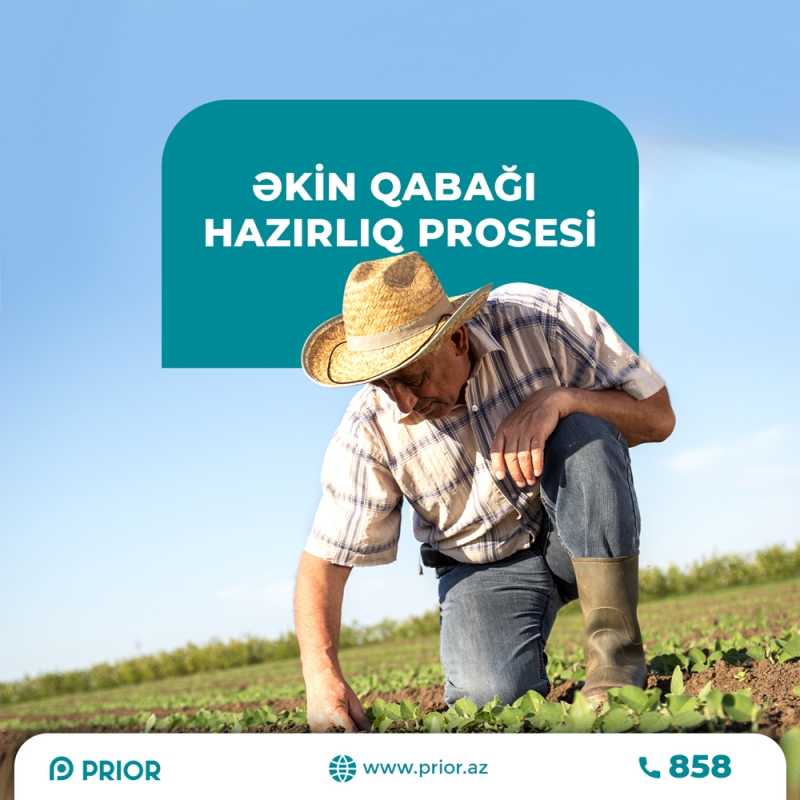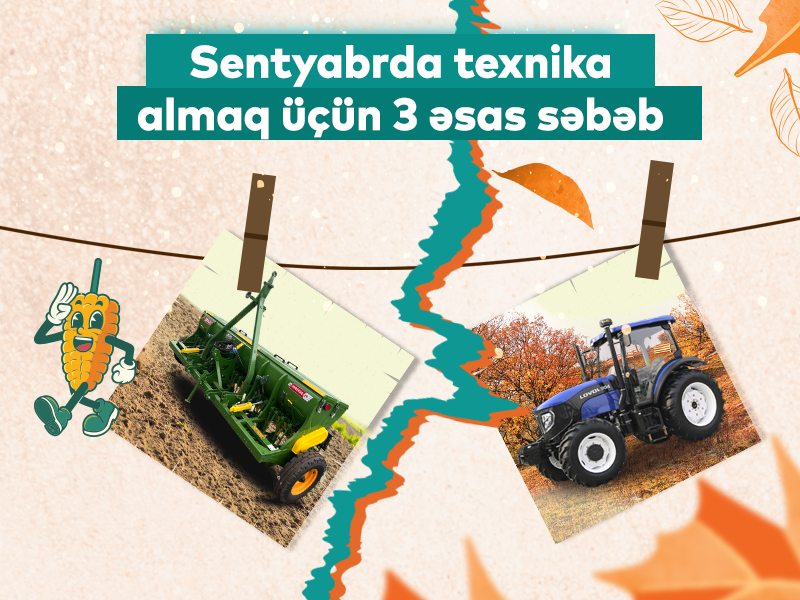Preparation process before planting

Preparation of soil consists of its plowing, softening (second plowing), leveling of the surface (ironing), and preparation of places (pits, furrows, spots) for planting or sowing seeds.
Plowing. It is to soften the top layer of soil to a depth of 30-80 cm and make it suitable for planting. Soils with less nutrients are shallow, and those with more are plowed deepIn addition, the soil for melons and vegetables and other perennial crops (cereals, legumes, etc.) is plowed shallow (25-30 cm), and for planting trees and shrubs deep (50-80 cm). The soil for spring crops should be plowed in autumn, and for spring crops in spring and summer. Layered (soil-turning) cotans are used for thorough plowing. Timely plowed area should be loosened again to a depth of 15-20 cm before planting. This operation is carried out in large areas with loose cutters or cultivators, and in small areas with the help of hand lathes.
Painting and ironing. If the main and pre-sowing plowing is mainly to destroy other crops (weeds) that interfere with the main crops to be grown in the future, the main purpose of painting and ironing is to sow the seeds to the same depth, easy and correct adjustment of planting areas, easy operation of equipment and so on.
Weed control. In addition to the main crops grown in crop production, other (natural, spontaneous) plants that grow in the field are called weeds. For example, in the wheat field, tulips are destroyed, and in the tulip fields, wheat is destroyed as a weed. That is, there is no plant called "weed". It is possible that in any cultivated plant we grow (in the vegetable garden, orchard, etc.), a plant that we destroy as a weed is a very valuable medicinal, essential oil and a complete plant. However, the crop must be destroyed because it is finished in cultivation. This is because these plants, called weeds, grow stronger and faster than cultivated plants, "sharing" the food, water and sunlight of the plant we grow, impeding its normal development. Agro technical, mechanical and chemical measures are used to control weeds. Of these, agro-technical control measures should be considered the most effective method. Damage to weeds will be minimized if all agro-technical measures applied to the soil (soil tillage, main and pre-sowing plowing, mulching, row spacing, application of organic fertilizers only when completely burned (rotten), etc.) are properly followed. At the same time, even if the agro-technical measures are carried out at the highest level, the weeds are still not completely destroyed, they are destroyed by hand or mechanisms, as well as with the use of chemicals (herbicide in Latin "herba" - grass, "sido" - destroy) they do.
back












